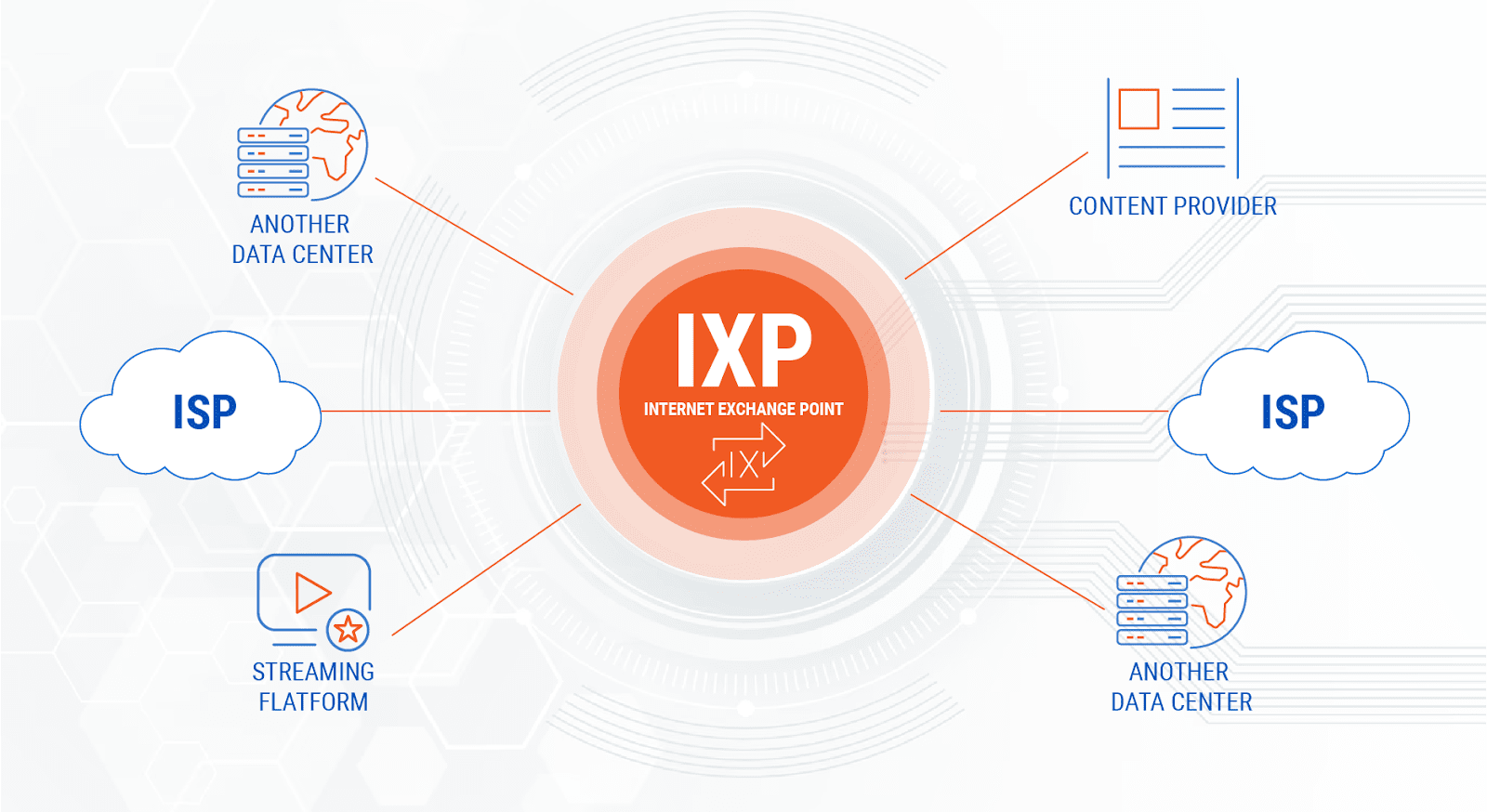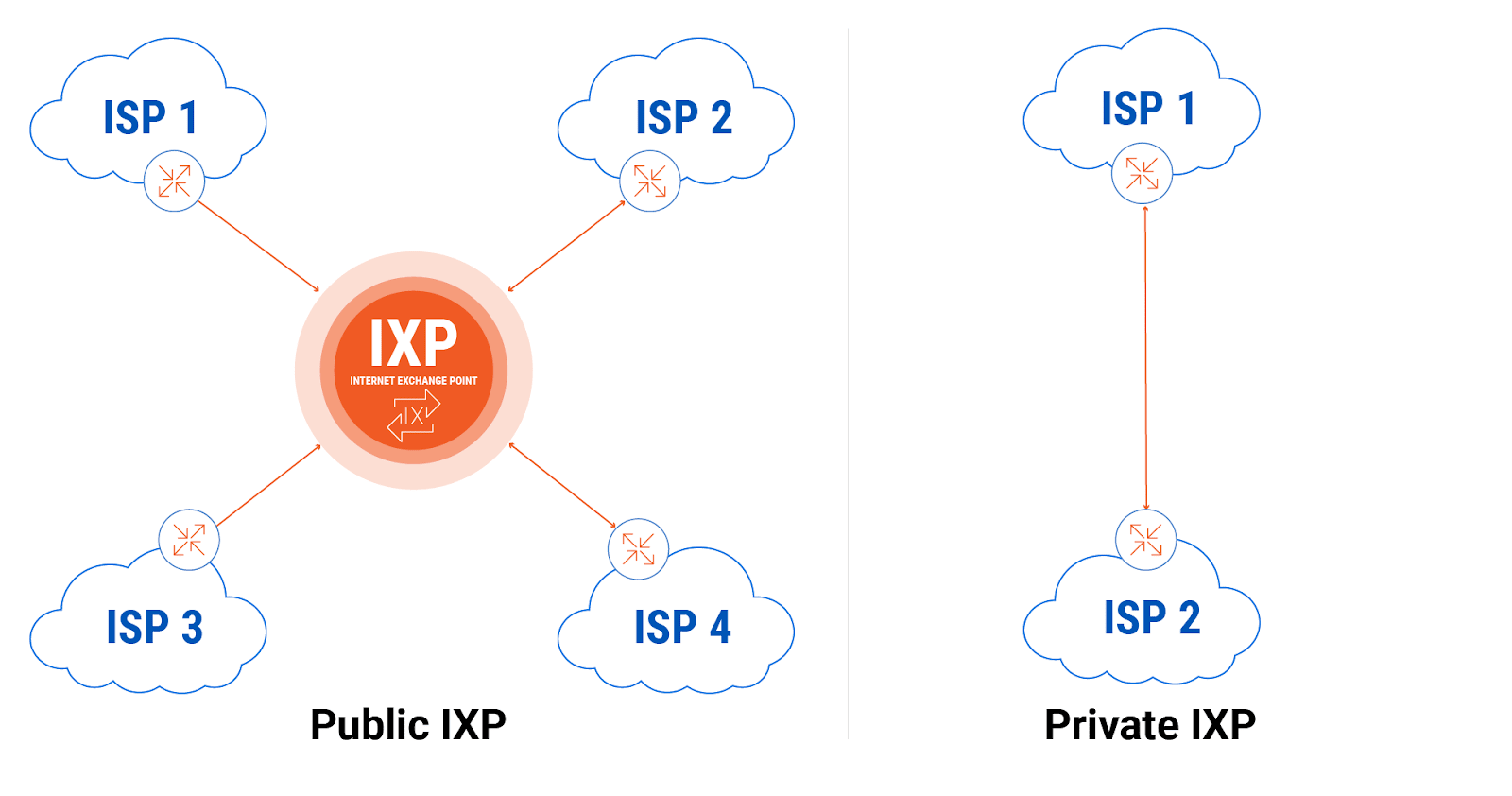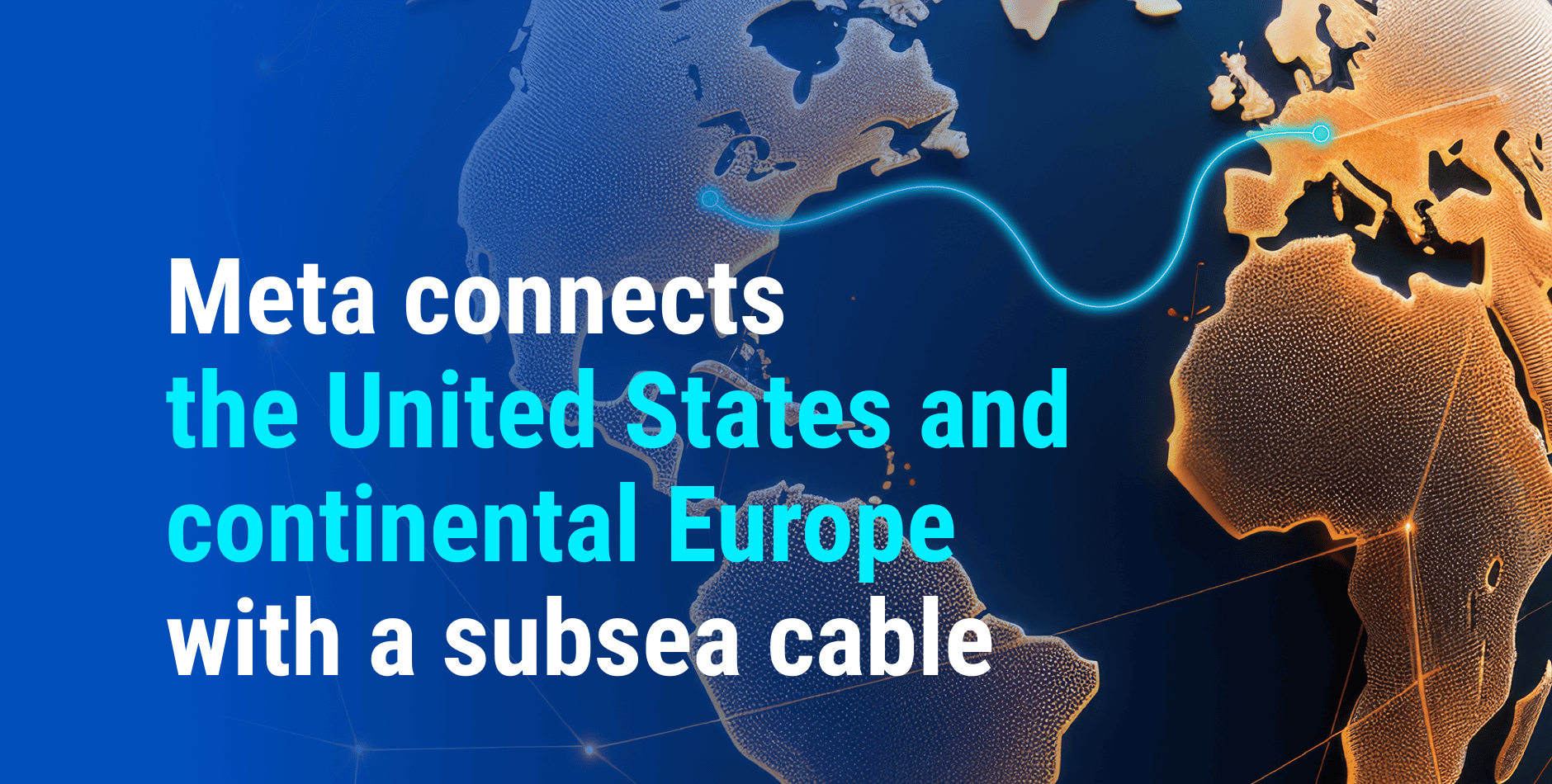What are Internet Exchange Points (IXPs)?

Today, we want to talk about one thing that people usually misunderstand but is utterly important: Internet Exchange Points. Their purpose, how to choose them, and the different types available. Being a company deeply involved in connectivity services such as IP and IX Transit, DIA, Remote IX, and our Jumbo IX platform, we know these points inside and out. Let’s break down the layers and see what’s actually going on.
As with most terms and other industry-specific words that fly around IT, things are never as straightforward, there’s always some nuances and theory behind the words. Understanding these subtleties can make a big difference in trying to optimize both performance and cost on your network.

What Internet Exchange Points Do
An IXP is a physical infrastructure through which Internet Service Providers (ISPs) and CDNs exchange traffic between their networks. The primary purpose of the IXP is to reduce the portion of an ISP’s traffic that must be delivered via their paid upstream transit providers, thereby reducing the cost, latency, and bandwidth consumption on those links.
But here is the thing: not all IXPs are the same, there are different kinds and types, and they are strategically mapped out, as seen in any internet exchange map.

Choosing the Right IXP
How do you go about choosing the right IXP for your business? It is not as simple a thing as choosing the largest or the one closest to you. Several variables will come into play, including:
Location Matters: Proximity to the IXP will reduce latency by orders of magnitude. Still, a well-connected IXP can yield a superior performance offsetting the issues of geographical distance.
Membership and Peering Agreements: The more members an IXP has, the higher the potential to peer. However, membership agreements of some IXPs are sometimes too restrictive for certain network providers. There is a free instrument to make your own analysis – IXP Compare
Technical Infrastructure: Support for features like jumbo frames-larger MTUs-will be beneficial to some applications and critical in data centers where networks connect and optimize internet access.
Cost Structure: Some IXP pricing can be somewhat complicated and not fit your budget, especially when evaluated across different network operators.
Types of IXPs
There are different kinds of Internet Exchange Points (IXPs), each with some unique features.
Public IXP: The public IXP is open to all sorts of networks that want to meet the criteria. They provide a platform where multiple internet service providers (ISPs) can interconnect and exchange traffic efficiently. For those interested in seeing where these are located, there’s often a detailed Internet Exchange Point map available.
Private IXP: They are established between two networks for private peering. They usually are used when networks exchange high volumes of local internet traffic without needing a broader internet infrastructure.
In effect, remote IXPs allow networks to connect to an IXP without a physical presence at the exchange point. That is where services such as our Remote IX come into play, expanding connectivity options across data centers and beyond.

The IPTP IXPs Services
While the list of considerations for choosing an IXP is very long, everything comes down to the choice of provider. And that is where IPTP Networks stands apart. Speaking of connectivity services and network providers, we offer a really big package for your business.
Jumbo Internet Exchange
JumboIX is on a mission to become that complementary platform to legacy Internet Exchanges, and IPTP Networks are committed to integrating it in the best possible way with them. Now, our unique platform is available in trial mode in multiple locations globally-so grab this opportunity today to test your business platforms on Jumbo frames.
JumboIX is a Globally Public Internet Exchange with a hybrid L2/L3 network topology and jumbo frame capability up to 9000 byte MTU. This therefore allows higher data speeds for large data transfers between locations that have been separated geographically when both of these locations use the same jumbo frame-capable provider.
Benefits of Jumbo Frames
- Reduced Frame Count: Fewer frames equate to less overhead and reduced CPU cycles on the sender and receiver side.
- Bandwidth Efficiency: As the headers are less, bandwidth is freed from this, which boosts network performance to a great extent.
- Best Suited for Special Applications: VPNs, database synchronization, fast speed, and streaming benefit, big data, or disaster recovery.
IX Transit
IX Transit can be linked here: it’s a special Layer-3 product for ISPs and enterprises interested in optimizing their networks on their own. It provides more than 400,000 prefixes of the global BGP table, which is constantly obtained through different Internet Exchanges, peering partners, and clients worldwide. You will be able to improve up to 80% of the traffic crossing the service port by implementing IX Transit.
IPTP Networks is connected to all major international Internet exchange points such as AMS-IX, CoreSite Any2, DE-CIX, EQ-IX, LINX, NetNod, and many others. The unprecedented connectivity will enable reaching a wider audience globally without the need to establish your interconnections with IX points.
Remote IX Transit
With Remote IX Transit, you can establish a direct BGP session with IPTP Networks’ router in other regions for the partial BGP table. You are going to connect to remote IPTP routers, acquiring regional routes received from IXes, private peers, and customers located in those places.
How does Remote IX Transit work?
Technically speaking, Remote IX Transit is a combination of L2 MPLS and IX Transit from a specific distant region. It provides the benefits of remote presence smartly. However, to avoid loops via Remote IX Transit, it should be used in conjunction with locally connected IP Transit at the interconnection point or customer market.
Advantages of Using Remote IX Transit and IP Transit Together
Optimal Performance: Rely on the ultra-low latency global backbone of IPTP Networks to effectively route traffic between remote locations and customers in diverse regions.
More Networks within Reach: More members of peering communities become available to you; this will help you go even further in extending your global reach.
Traffic Engineering: Both services will allow you to do traffic engineering with BGP attributes. Support is provided for ingress and egress BGP communities.
Cost-effective: Remote IX Transit is much more cost-effective to reach remote IX locations than establishing your own access.
Redundancy and Resilience: With greater control over routing of your network, one can optimize the pathways of internet traffic. In the event of any downtime at an IX, traffic keeps flowing from the nearest available IX within the same region.
Remote IX
Our Remote Peering was remotely reducing the costs of IP Transit, using the best low-latency routes, and connecting from 228 PoPs in the world. Have ultimate flexibility in creating your own design and traffic engineering solutions from a single port with our remote access to Internet Exchanges and private peers through protected L2 EoMPLS backbones.
Conclusion
What does that all mean for your business? It means that while IXPs offer useful infrastructure, they should not be the sole driver of your network optimization strategy.
Network Engineering: BGP communities and routes should be used properly.
Cost Efficiency: IX Transit and Remote IX Transit have the possibility of bringing a much better cost profile compared to traditional IP Transit.
Performance Optimization: Mixing local and remote services offers the opportunity for increased redundancy and resiliency.
Contact us today to know more about IXPs and how they can help your business become more resilient.
